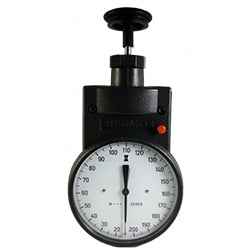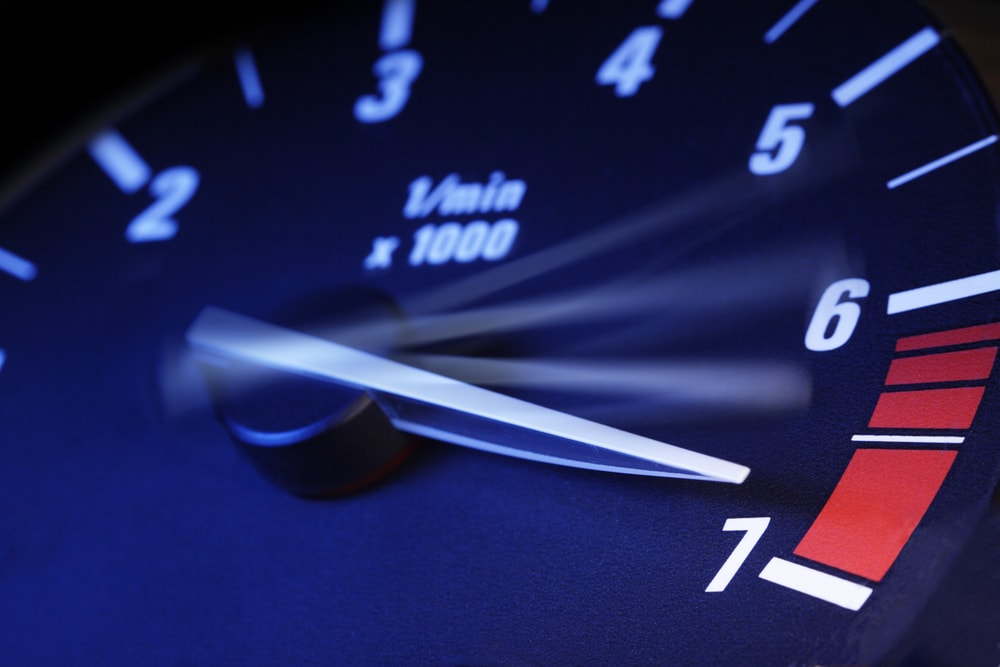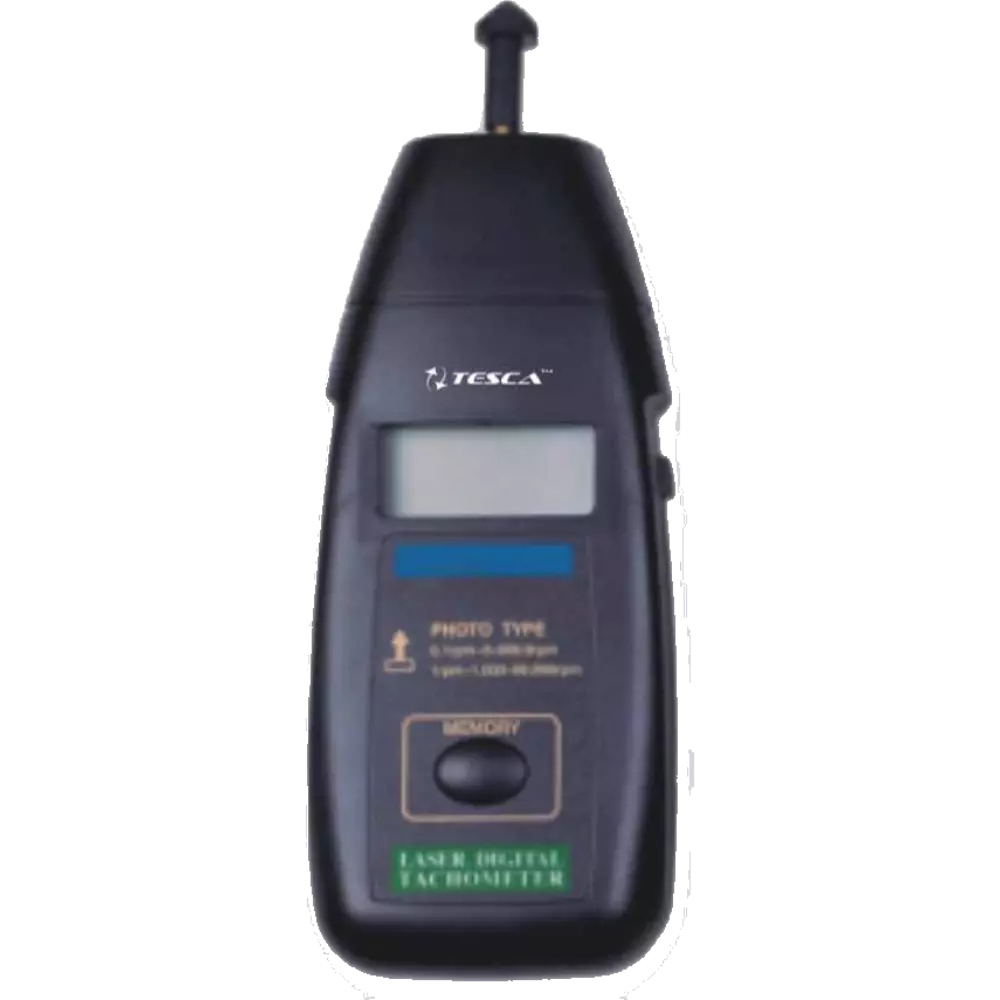Comprehensive Guide to Comprehending and Making Use Of a Tachometer Properly
Comprehensive Guide to Comprehending and Making Use Of a Tachometer Properly
Blog Article
The Value of a Tachometer in Keeping Track Of Engine Rate and Efficiency in Automotive Applications
In the realm of automotive engineering, the tachometer stands as a crucial instrument in the motorist's toolbox, giving a straight home window into the internal functions of a car's engine. Beyond its feature as a plain gauge of revolutions per minute (RPM), the tachometer offers as an important tool for fanatics and specialists alike, providing real-time understandings into engine efficiency and wellness.
Importance of Keeping An Eye On Engine RPM
Checking engine RPM, or changes per minute, is an important element of automotive maintenance and efficiency assessment. Engine RPM directly correlates with the speed at which the engine's crankshaft rotates, suggesting how promptly the engine is running.
Additionally, checking engine RPM is crucial for efficiency analysis in racing and high-performance lorries. In recap, monitoring engine RPM is not just crucial for spotting issues but also for optimizing engine efficiency in numerous auto applications.

Advantages of Real-Time Information
In automotive applications, real-time information plays an important function in giving immediate insights right into the performance and problem of the car. By constantly keeping track of various parameters such as engine rate, temperature, gas consumption, and a lot more, real-time data offers many benefits that add to improved efficiency and safety and security when driving.
Furthermore, real-time information assists in performance optimization by providing instant responses on driving routines and engine effectiveness. Vehicle drivers can adjust their actions in real-time based on this details to attain better gas economic climate and prolong the life-span of their vehicle.

Additionally, real-time information plays a crucial duty in modern auto diagnostics, making it possible for service technicians to promptly identify and deal with malfunctions. This results in minimized downtime, lower maintenance costs, and ultimately, enhanced overall vehicle integrity and long life (tachometer). By taking advantage of the power of real-time information, automotive stakeholders can make educated choices that favorably affect both the performance and long life of the car
Influence On Gear Shifts
The tachometer plays an important role in optimizing equipment shifts by giving real-time engine speed data to the chauffeur. When approaching the redline on the tachometer, it signals the driver to upshift to stop over-revving the engine and creating potential damage.
Moreover, the tachometer aids in accomplishing smoother gear changes, especially in hands-on transmissions. By keeping track of engine rate, motorists can perform equipment changes at the optimum RPM variety, lowering jerking motions and reducing endure the transmission elements. This accuracy in gear changes not only boosts driving comfort but additionally adds to fuel performance.
Enhancing Gas Efficiency
Given the crucial duty the tachometer plays in optimizing equipment shifts for performance and engine health and wellness, it straight adds to making the most of fuel efficiency in vehicle applications. By providing real-time responses on engine rate, the visit the website tachometer assists chauffeurs in preserving one of the most efficient RPM variety for fuel economy. When chauffeurs regularly monitor the tachometer and adjust their motoring habits as necessary, they can avoid unneeded fuel intake triggered by over-revving or hauling the engine.
Moreover, the tachometer assists drivers determine one of the most fuel-efficient gear to be in at any kind of given moment, stopping the engine from functioning harder than required. This is especially essential during velocity and travelling, where remaining in the appropriate equipment can dramatically influence gas performance. In addition, the tachometer can notify drivers to potential mechanical problems that could be adversely impacting fuel economy, such as a sliding clutch or a blocked air filter. To conclude, the tachometer functions as a beneficial device in improving gas efficiency by promoting optimal driving behaviors and identifying locations for enhancement in the vehicle's efficiency.

Maximizing Engine Durability
The tachometer's duty in checking engine speed and efficiency contributes in making certain the longevity of automobile engines. By making use of the tachometer successfully, drivers can optimize engine longevity with conscious RPM monitoring. Continually revving an engine too expensive his response can bring about too much deterioration on crucial components, such as the pistons, shutoffs, and bearings. Gradually, this can lead to lowered engine efficiency and potential malfunctions. Keeping track of the tachometer permits motorists to stay within the suggested RPM array for their lorry, preventing unnecessary strain on the engine and extending its lifespan.

Verdict
To conclude, the tachometer plays a critical duty in monitoring engine rate and performance in automobile applications. By providing real-time information on RPM, it permits reliable equipment changes, enhanced fuel efficiency, and taken full advantage of engine longevity. This tool is necessary for maintaining ideal engine performance and guaranteeing Extra resources the overall capability of an automobile.
Report this page